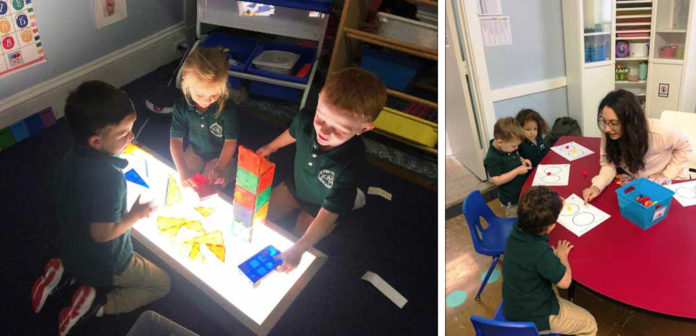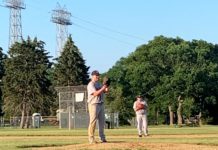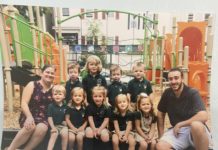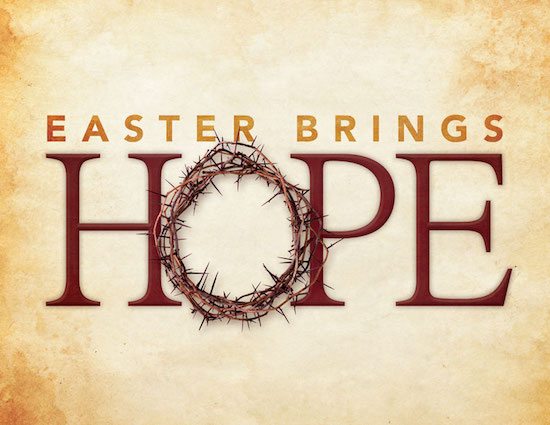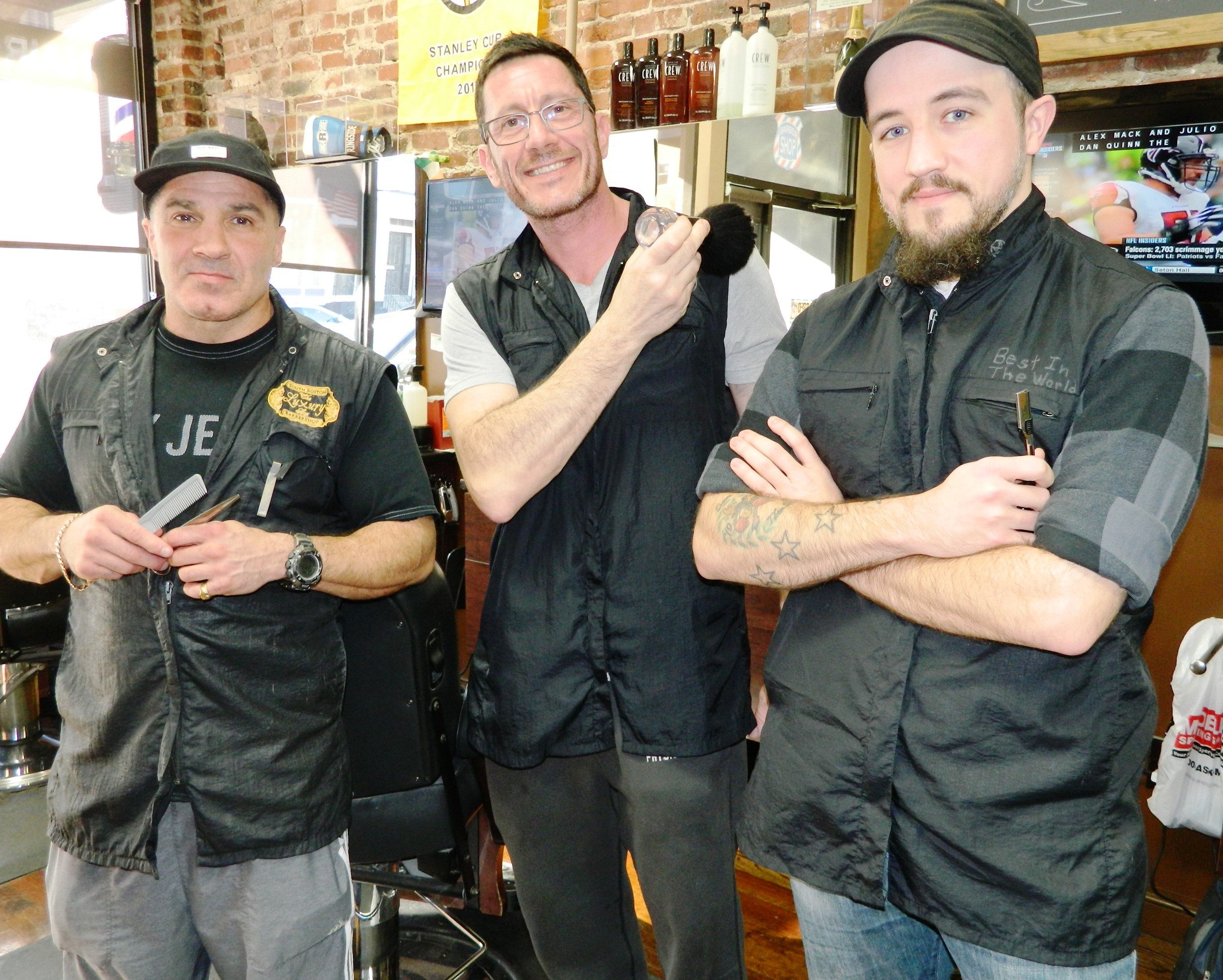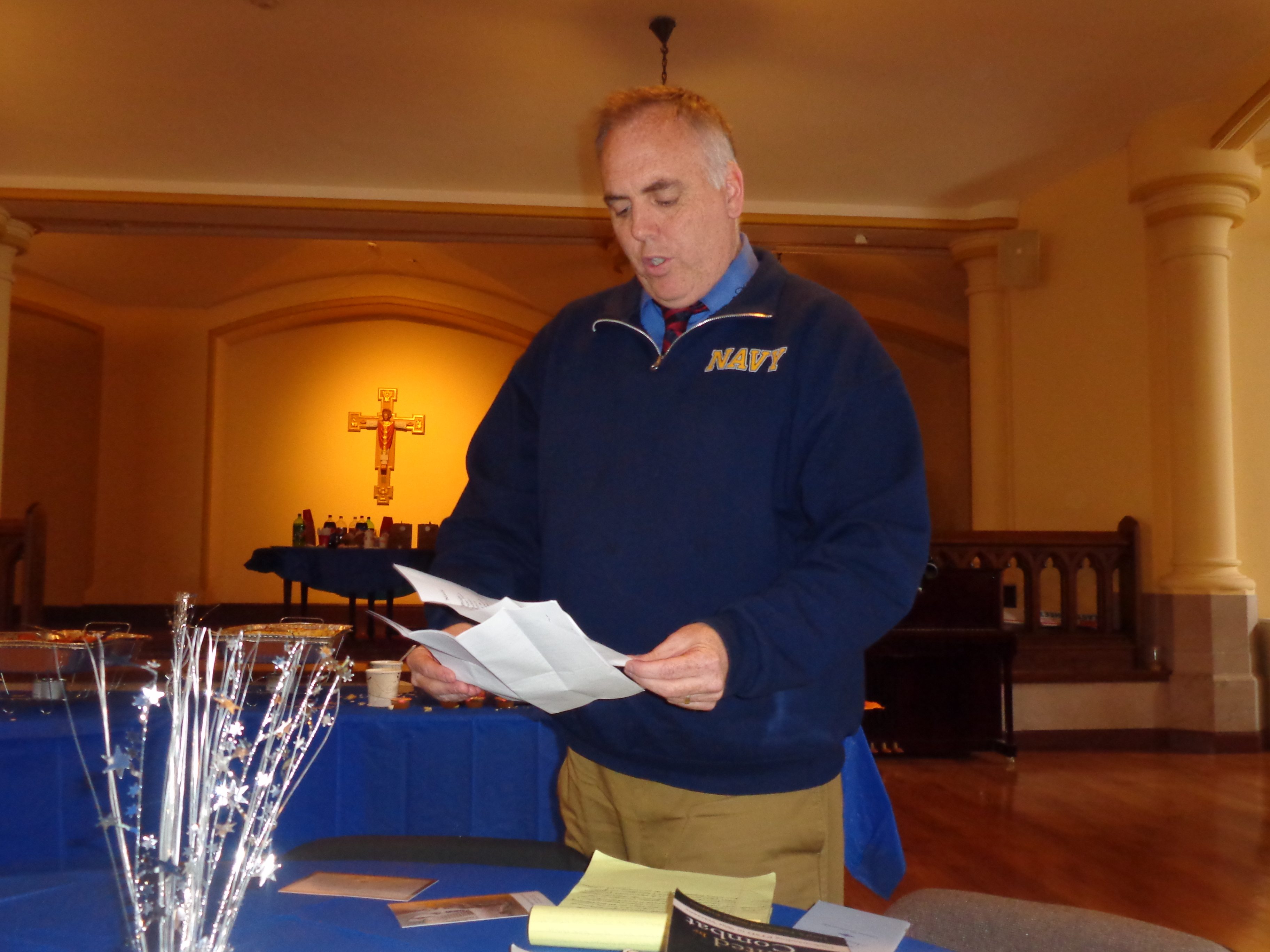By Lisa Gilbert, Principal of St. Peter Academy
When the chimes on Ms. Mary Flaherty’s phone resound, her pre-k students sit a little taller. They pause from their math activity where they have been comparing same and different objects, waiting to hear their teacher’s multi-step directions. “Everyone: stand-up, push in your chairs, and meet me at the rug.” By this, the fourth week of school, these young scholars have become accustomed to the melodic tone which signals that it’s time to transition to a new activity. “The first few weeks of school is really about learning and practicing routines,” says Ms. Flaherty, the pre-k teacher at St. Peter Academy in South Boston. “At this age, three and four- year-old children are learning how to learn.” She uses what she calls “classroom norm language.” Students hear phrases like, “keep your body safe,” and “let’s listen with our whole bodies.” Consistency and repetition of the expectations are very important for pre-k students as they begin to learn about themselves, others, and the world around them.
Back on the rug, the children are in the process of choosing their next center activity. Using a “choice board,” Ms. Flaherty gives each student three options from which to choose. “Who looks ready? Tyler is sitting quietly. You can come up and choose which center you would like to do first.” One by one, Ms. Flaherty acknowledges those children who are following her directions and she invites them to go up to the choice board. Today, the “light table” is a popular choice. It’s the first time the children have seen it and they are eager to use it. A rectangular table that sits on the floor, the light table radiates light through a translucent surface on top of which students play with colorful, magnetic tiles. The light coming up through the table’s surface adds a dimension of interest to the activity which attracts the children. “Okay, the light table’s closed,” announces Ms. Flaherty. “Here are your other choices…”
Two children make their way to the dramatic play area which contains a kid-sized kitchen set and some dolls. One boy gingerly picks up a baby doll, making certain to put his pint- sized hand behind the doll’s neck. Ms. Flaherty explains that her students have been learning about families; their own and others. They have been sharing stories about their siblings and parents. The other day, as an extension to this discussion, Ms. Flaherty showed the children how to hold a baby, using a doll as her model. They have been emulating her ever since. One child was heard saying, “It’s important to hold the baby’s head!”
Ms. Flaherty, who received her bachelor’s degree in Early Childhood Education from the University of Massachusetts, Boston, believes in a developmentally appropriate, integrated curriculum approach. While the unit of study is on Families, Ms. Flaherty will incorporate STEM (Science, Technology, Engineering, and Math) and even handwriting activities throughout the pre-k day, which relate to the central theme of Families. When discussing that some families live in apartments and some families live in houses, students will have the opportunity to build homes using blocks. They will learn terms like ‘balance’ and ‘sturdy.’ To encourage problem-solving and critical thinking skills, students may be asked, “How do we build a roof?” Or Ms. Flaherty may ask students to ponder, “What happens if we take one block away? What if we add one block?”
On a regular basis, students are asked to draw a whole person. This is a prewriting activity, whereby Ms. Flaherty uses the language for handwriting strokes such as big line, little line, and curves, as children are drawing their person. By having students engage in this activity every few weeks, Ms. Flaherty can measure their growth in their use of a pencil, as well as their conception of the human body.
Before I leave the pre-k class, a bustling microcosm of play and exploration, I pause to look around the room one more time. I see fifteen children scattered in various areas throughout the room, each occupied with the task at hand and being guided by three caring adults who lead them through their activities using positive, reaffirming language. I see happy children so busy playing, they don’t even realize they are learning! I smile to myself as I exit the room, thinking, “It’s a great day to be three or four years old at St. Peter Academy.”
St. Peter Academy is located at 371 W. Fourth St. South Boston, MA 02127. Please visit our Facebook and Instagram pages.

